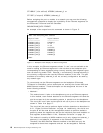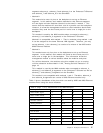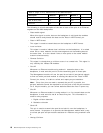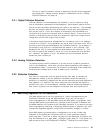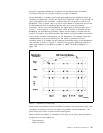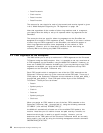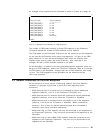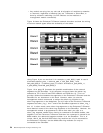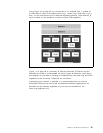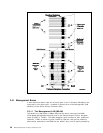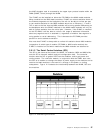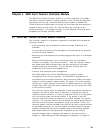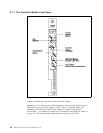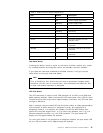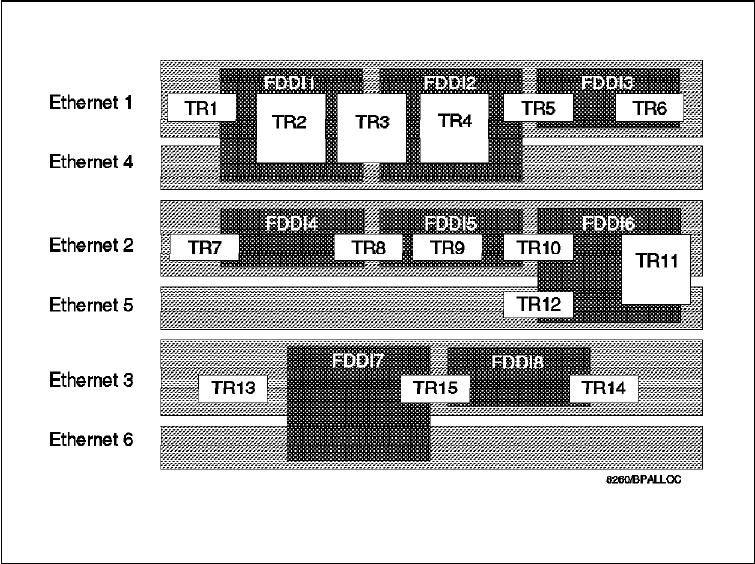
•
Any module can plug into any slot and all allocation of modules to networks
or channels, regardless of whether they are TriChannel or Shunt Bus, is
done by electronic switching (via DIP switches on the modules or
management module commands).
Figure 9 shows the Enhanced TriChannel network allocation and how the mixing
of various network types affect the availability of the others.
Figure 9. TriChannel Backplane Network Allocation
Using Figure 9 you can see that if, for example, tr_path_8250_3 path is used it
eliminates ethernet_path_1, ethernet_path_4, fddi_path_8250_1 and
fddi_path_8250_2. If ethernet_path_5 is used it eliminates tr_path_8250_11,
tr_path_8250_2 and fddi_path_8250_6.
Figure 10 on page 25 illustrates the possible combinations of the network
segments on the ShuntBus. In this diagram, we have shown the token-ring
networks as TR 16 thru 25 and FDDI networks as FDDI9 thru 12. This is to
provide a distinction between the segments on the Enhanced TriChannel and the
ShuntBus for our discussion in this book. However, when you use the
management module commands to assign the token-ring modules to the
token-ring segments on the backplane, you will refer to the Enhanced TriChannel
segments as token_ring_1 thru 7 and to the ShuntBus segments as token_ring_1
thru 10. In other words, some token-ring segments on the Enhanced TriChannel
have identical names to the token-ring segments on the ShuntBus. However, the
management module is programmed to realize that when you refer to a
token_ring segment number when issuing a command for the 8250 module, that
segment is on the Enhanced TriChannel and when the command is issued for an
8260 module, the referenced segment number is on the ShuntBus. This is, of
course, due to the fact that 8250 token-ring modules can only be connected to
the Enhanced TriChannel, and the 8260 token-ring modules can only be
connected to the ShuntBus.
24 8260 Multiprotocol Intelligent Switching Hub



